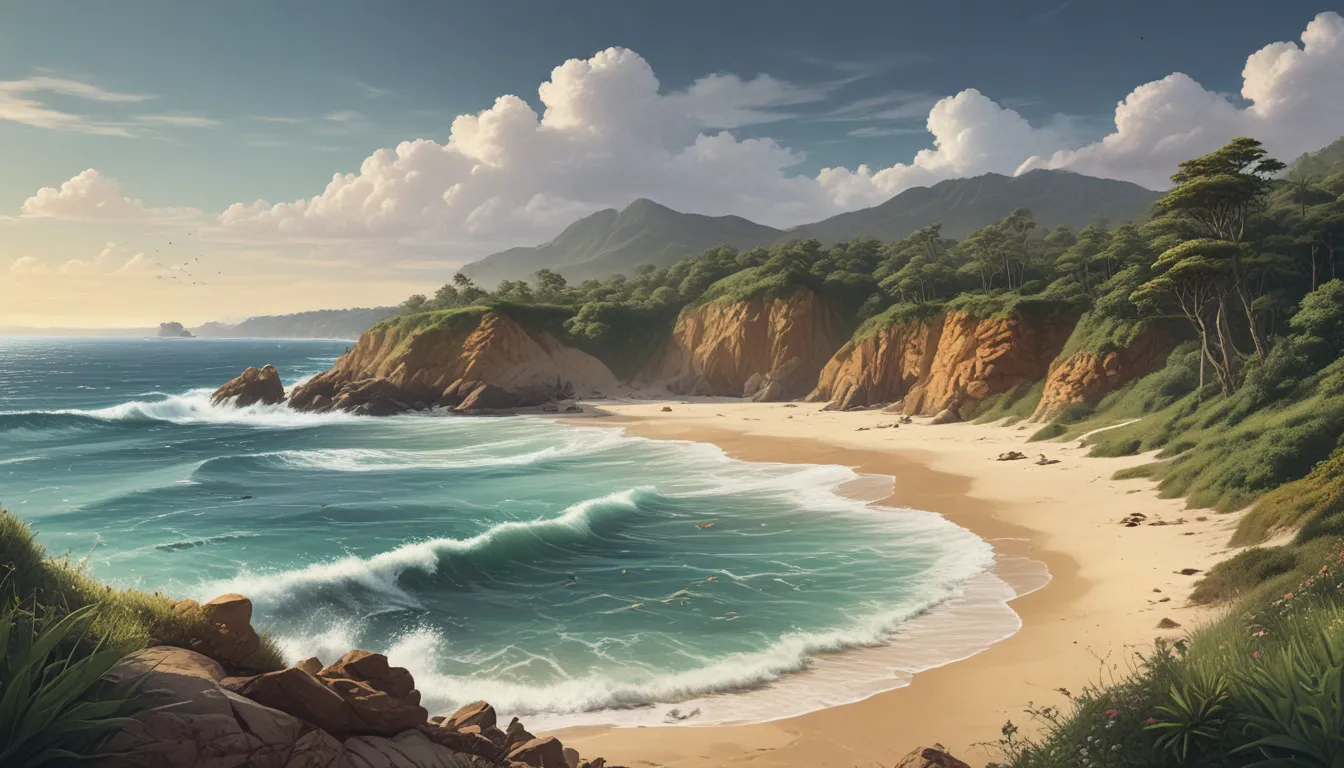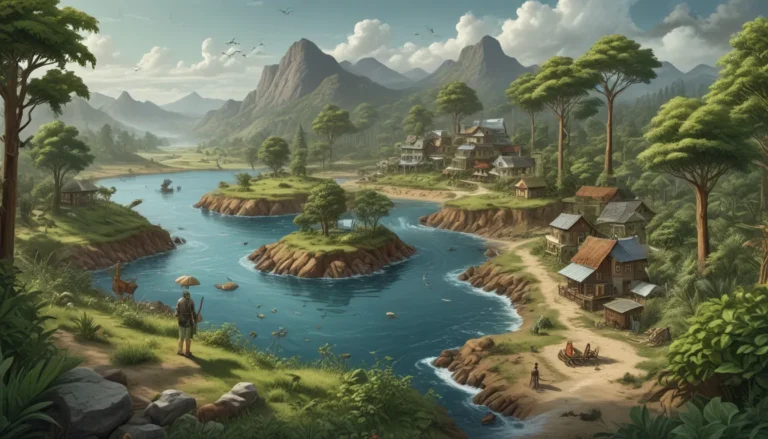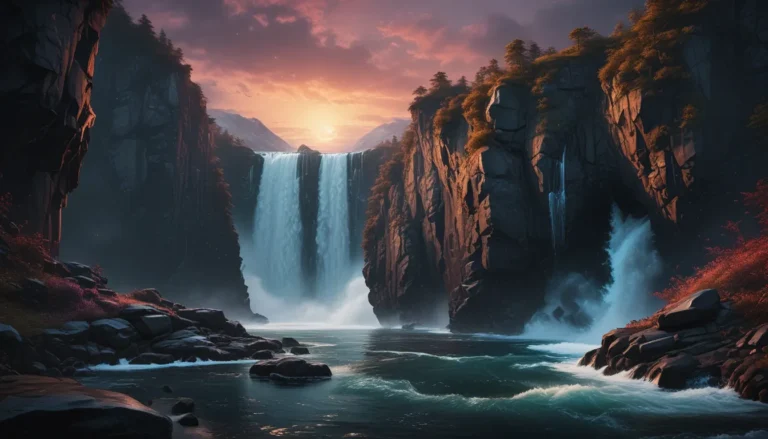A Note About Images: The images used in our articles are for illustration purposes only and may not exactly match the content. They are meant to engage readers, but the text should be relied upon for accurate information.
Welcome to the world of coastal lowlands, where dynamic ecosystems and unique landscapes converge to create breathtaking wonders. From lush vegetation to diverse wildlife, these low-lying areas along the coastlines of continents are teeming with life and rich in natural resources. In this article, we will delve into 15 fascinating facts about coastal lowlands, exploring their ecological importance, cultural significance, and the challenges they face in a rapidly changing world. Whether you’re a nature enthusiast, a curious explorer, or simply someone intrigued by the beauty of our planet, join us on a journey to unravel the mysteries and marvels of coastal lowlands.
Embracing Lush Vegetation
Stretching along the edges of continents, coastal lowlands embrace an abundance of lush vegetation. The fertile soils and favorable climate create an ideal environment for a diverse array of plant life, including mangroves, palms, and salt-tolerant species. This unique ecosystem not only adds to the natural beauty of coastal lowlands but also provides a habitat for a rich variety of wildlife.
Home to a Diverse Wildlife Population
The coastal lowlands serve as a sanctuary for a diverse range of wildlife, from migratory birds to marine life and terrestrial animals. These interconnected ecosystems offer vital habitats for countless species, providing breeding grounds, feeding areas, and shelter. With nesting sea turtles and marsh-dwelling birds among its residents, coastal lowlands play a crucial role in supporting the planet’s biodiversity.
Challenges of Coastal Erosion
Coastal lowlands face the constant threat of coastal erosion, as the relentless forces of waves, tides, and storms wear away at the land over time. This natural process shapes the distinctive features of coastal lowlands, such as estuaries, lagoons, and coastal dunes, while also posing challenges for human development and infrastructure along the coast.
Rich in Natural Resources and Cultural Heritage
Harboring a wealth of natural resources, including fertile soils, mineral deposits, and marine life, coastal lowlands have historically attracted human settlements and facilitated agricultural activities, fishing industries, and trade. In addition to their ecological significance, these lowlands are steeped in cultural and historical value, with ancient maritime traditions and diverse human cultures leaving their mark on the landscape.
Ecological Significance and Vulnerability to Climate Change
The ecological importance of coastal lowlands cannot be overstated, as these dynamic ecosystems provide essential services such as shoreline stabilization, water filtration, and flood regulation. However, with the escalating threats of climate change, including rising sea levels and extreme weather events, the delicate balance of coastal lowlands is increasingly imperiled, placing stress on both the natural environment and human populations.
Biodiversity Hotspots and Recreational Destinations
Due to their unique ecological characteristics, coastal lowlands are recognized as biodiversity hotspots, supporting a remarkable variety of plant and animal species. These areas are also sought-after destinations for recreational activities and tourism, with picturesque coastlines, diverse ecosystems, and opportunities for water-based activities attracting visitors from around the globe.
Balancing Urbanization and Agricultural Activities
The rapid urbanization of coastal lowlands presents complex challenges, including habitat loss, pollution, and conflicts over land use. Balancing the needs of growing coastal populations with the preservation of natural ecosystems is a pressing issue that requires thoughtful planning and sustainable management practices. Additionally, coastal lowlands serve as important agricultural zones, supporting a variety of crops and farming activities.
Conservation Efforts and Sustainable Management
Efforts to conserve and sustainably manage coastal lowlands are crucial for safeguarding their ecological integrity and ensuring the well-being of both natural and human communities. Through effective conservation measures, sustainable resource use, and community engagement, these vital coastal ecosystems can thrive for generations to come, preserving their beauty and ecological significance for future generations.
As we continue to explore and appreciate the wonders of coastal lowlands, it becomes clear that their preservation and sustainable management are essential for the well-being of both the environment and the communities that rely on them. From their lush vegetation and diverse wildlife to their cultural heritage and economic importance, coastal lowlands stand as testaments to the intricate balance between nature and human societies.
Uncovering Coastal Lowlands: A Treasure Trove of Nature
In conclusion, coastal lowlands are vital geographical features that contribute to the richness and diversity of our planet’s landscapes and ecosystems. By understanding and protecting these dynamic environments, we can ensure that future generations can continue to marvel at the beauty and wonder of coastal lowlands. Join us in discovering the hidden gems and natural treasures of coastal lowlands, where nature and culture intertwine to create a tapestry of life and legacy.






